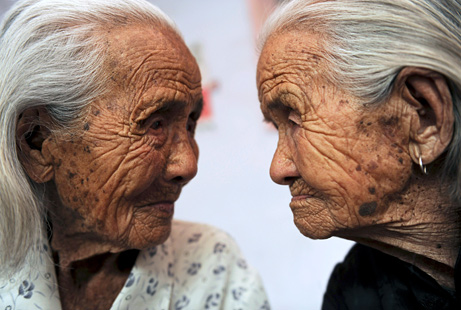ShowBusinessMan:
China
The Forbidden City: Inside the Court of China’s Emperors at The Royal Ontario Museum

'China's First Emperor and His Terracotta Warriors' at Chicago’s Field Museum

China's Las Vegas in Macao

Telescopes Orion see all
The Chinese mass-media "cut out" words about censorship
Drudge Report has sent the president on interview to channel Fox
China and the USA have quarrelled because of steel pipes
— Excuse, at you something there has fallen...

The Chinese twins

China as the world centre

The Chinese Inventor






